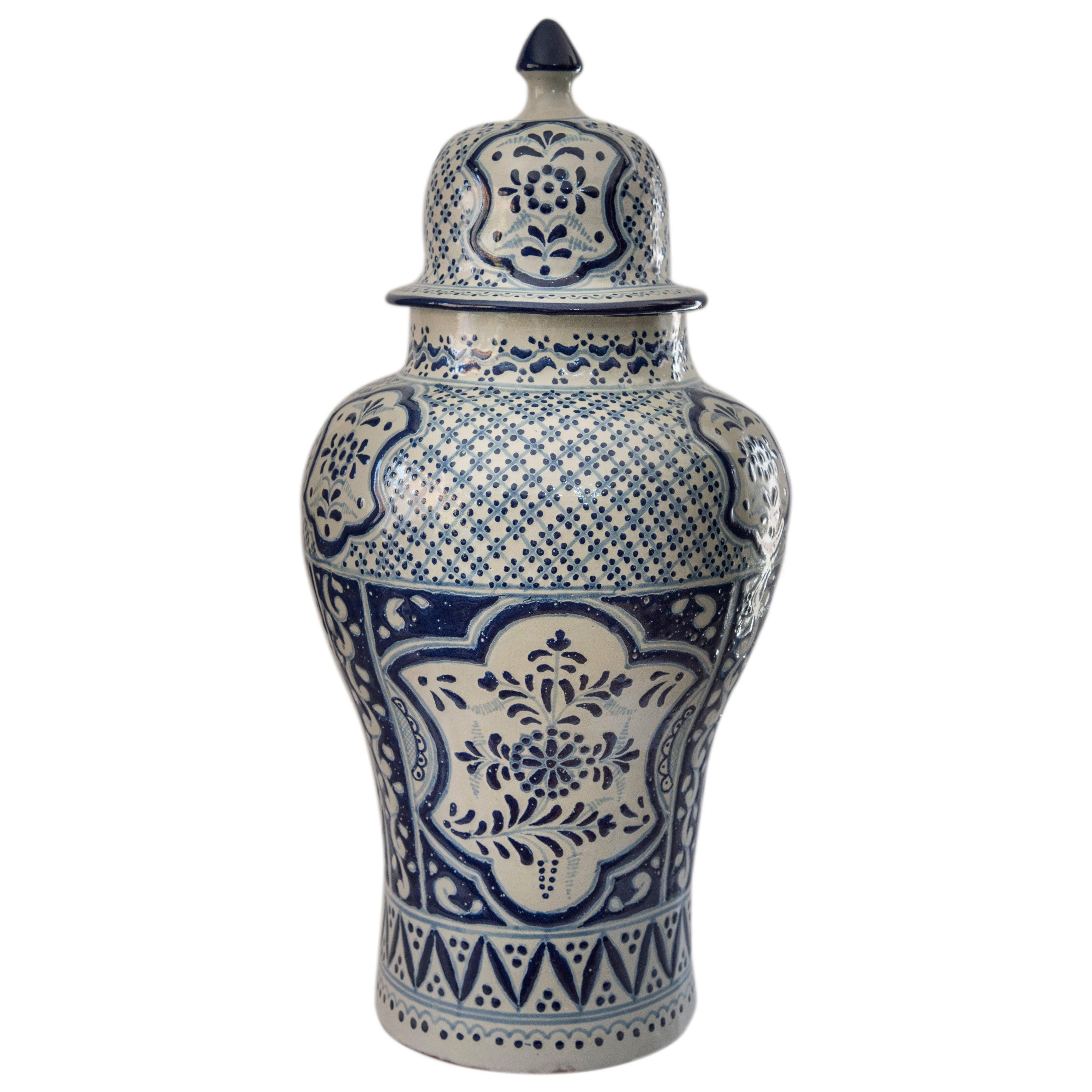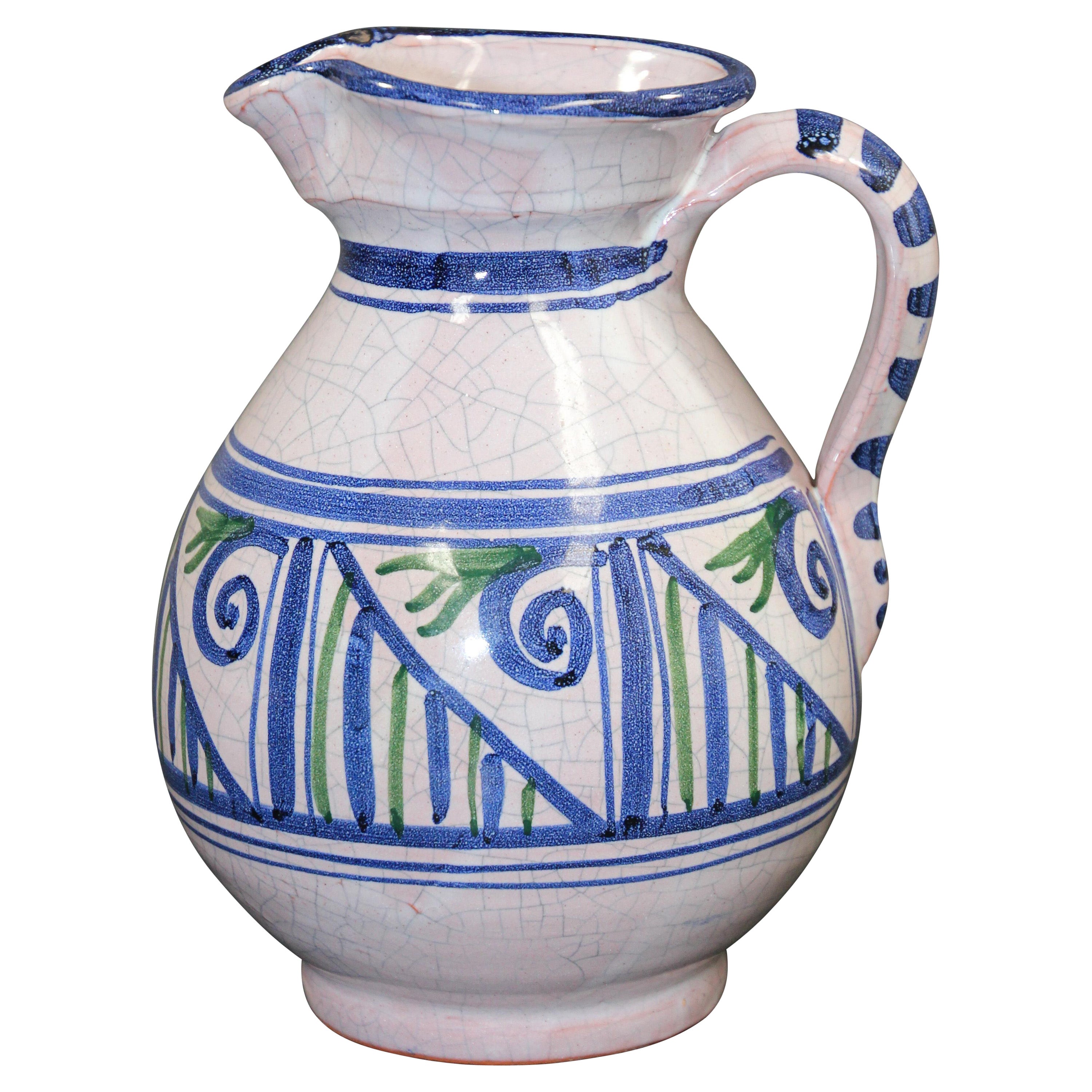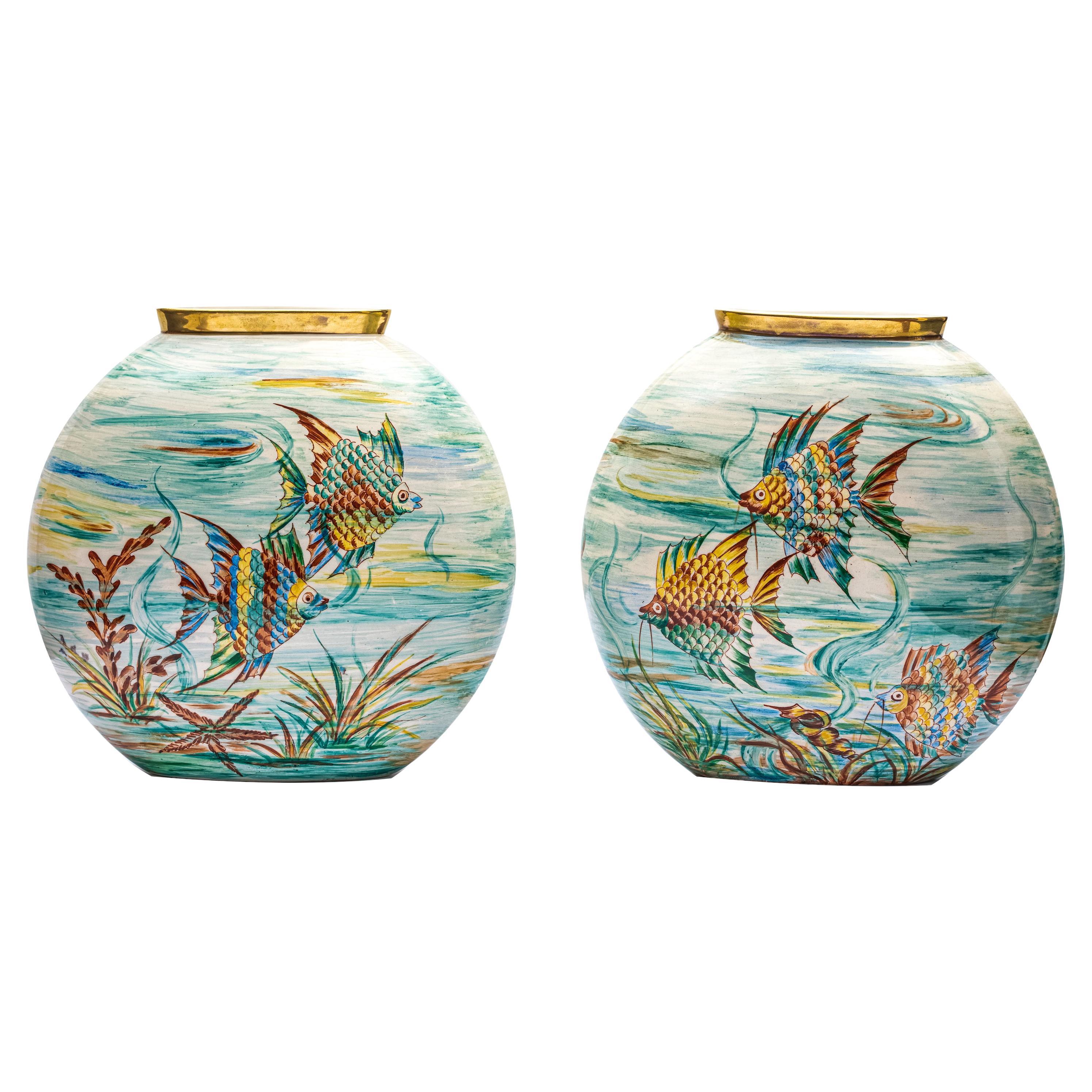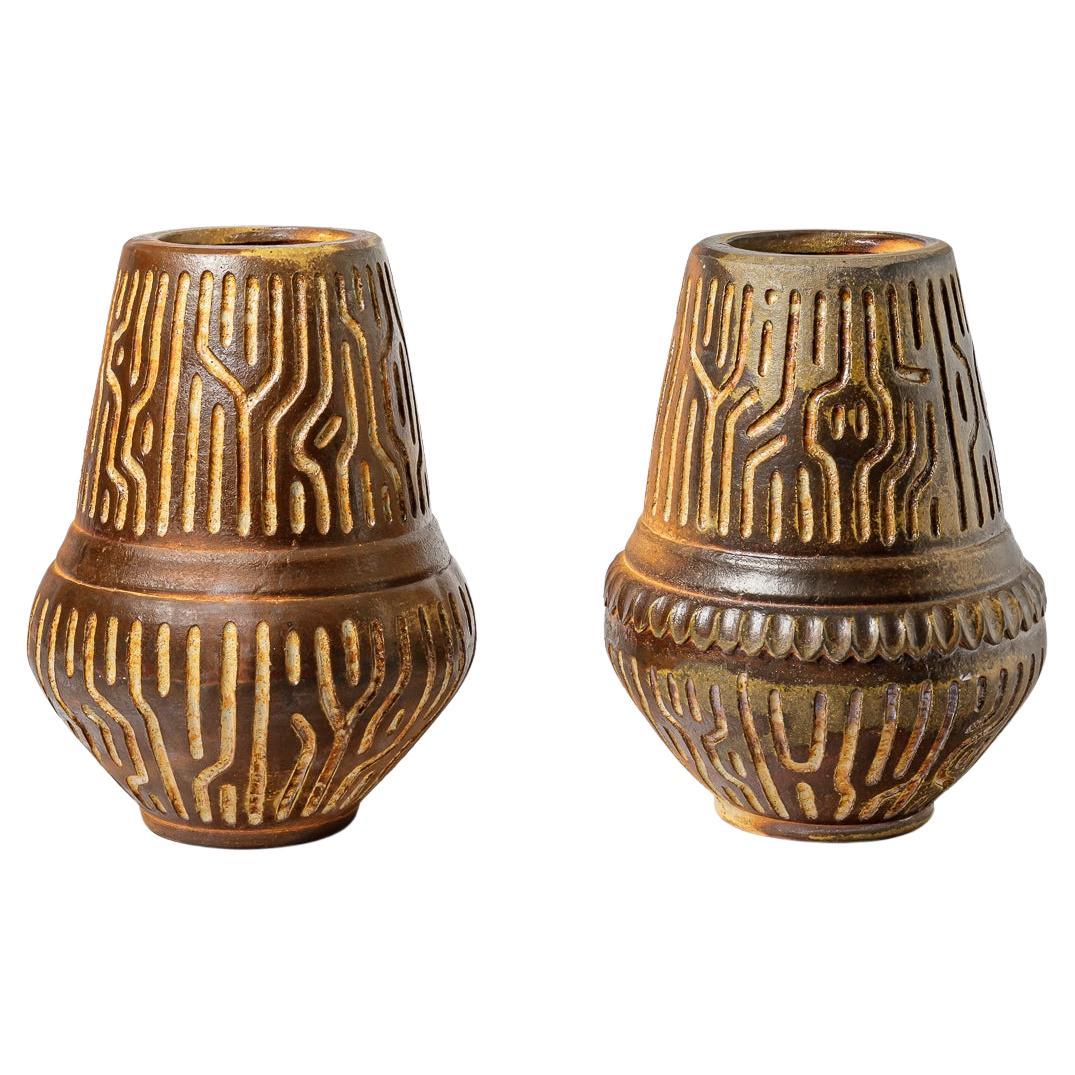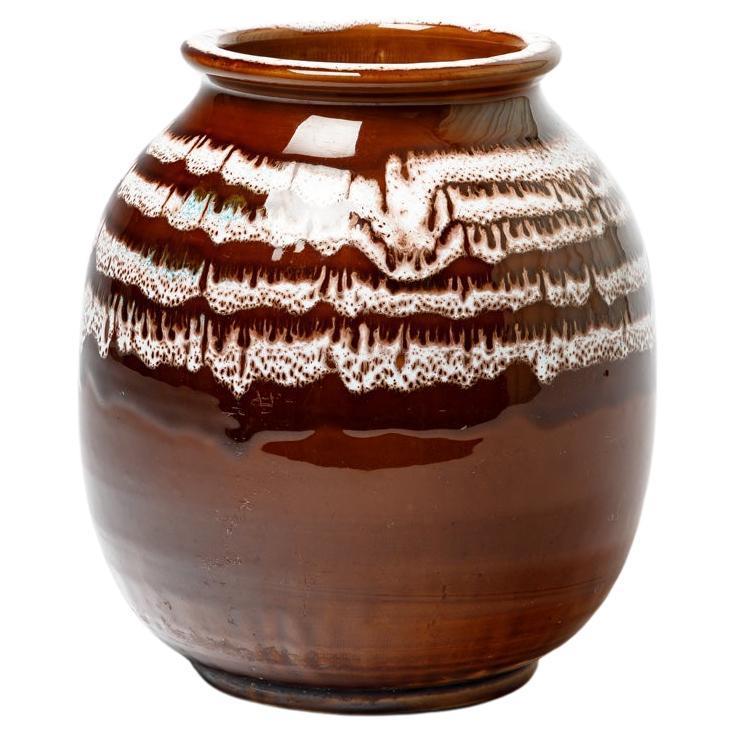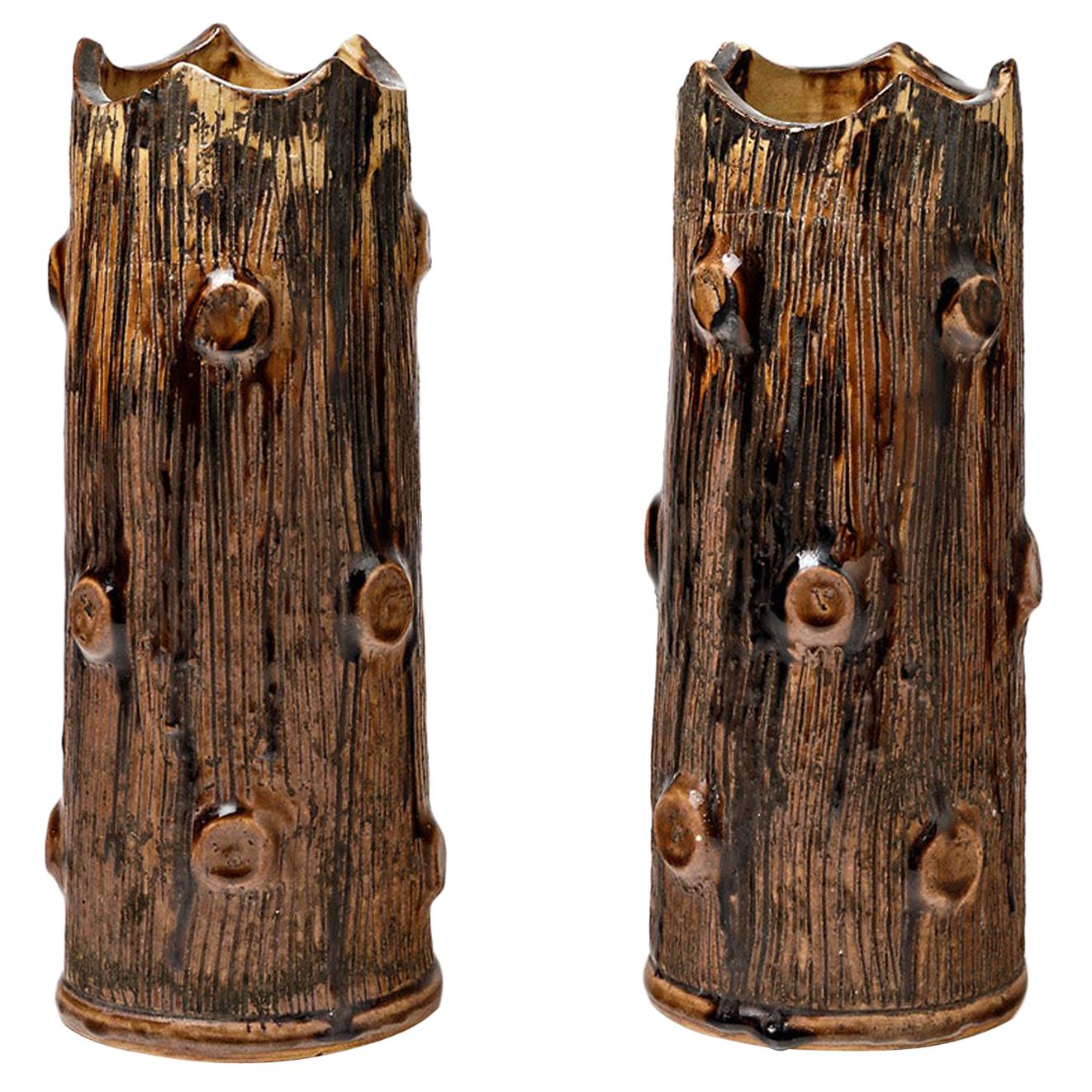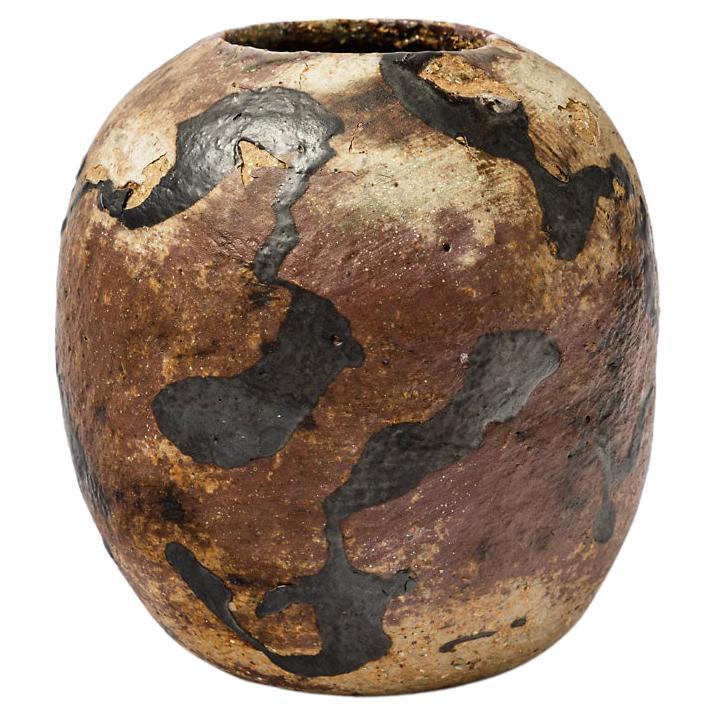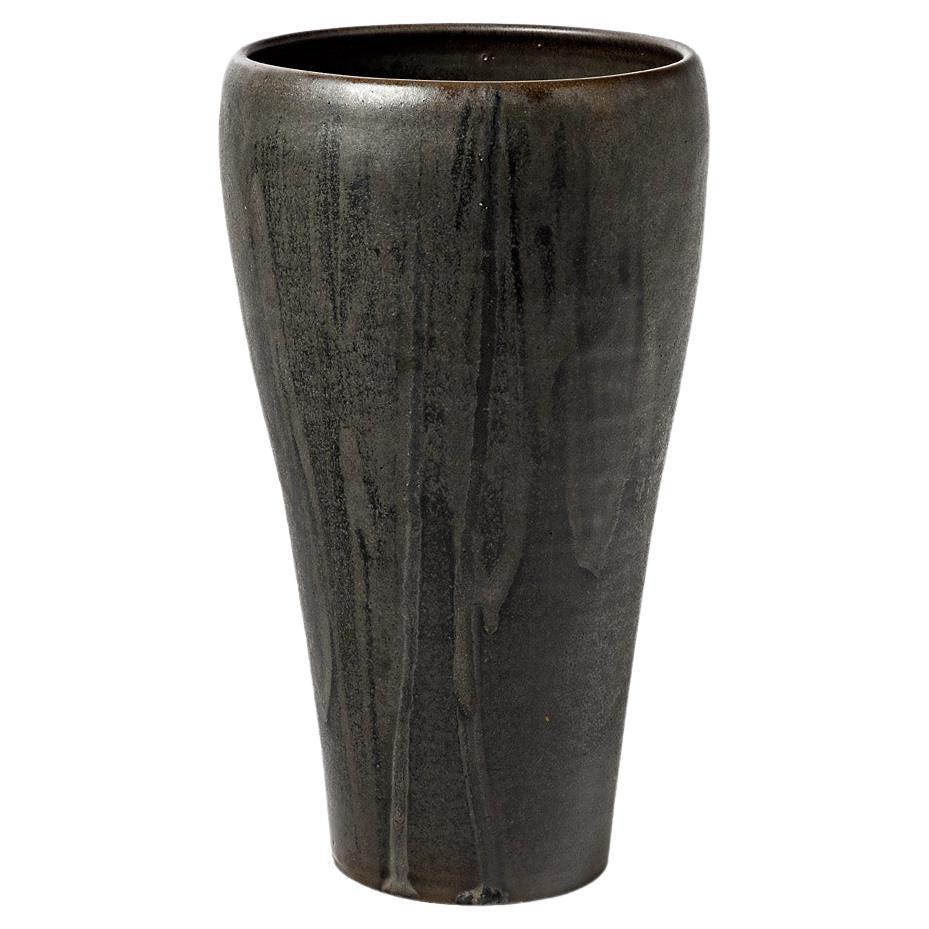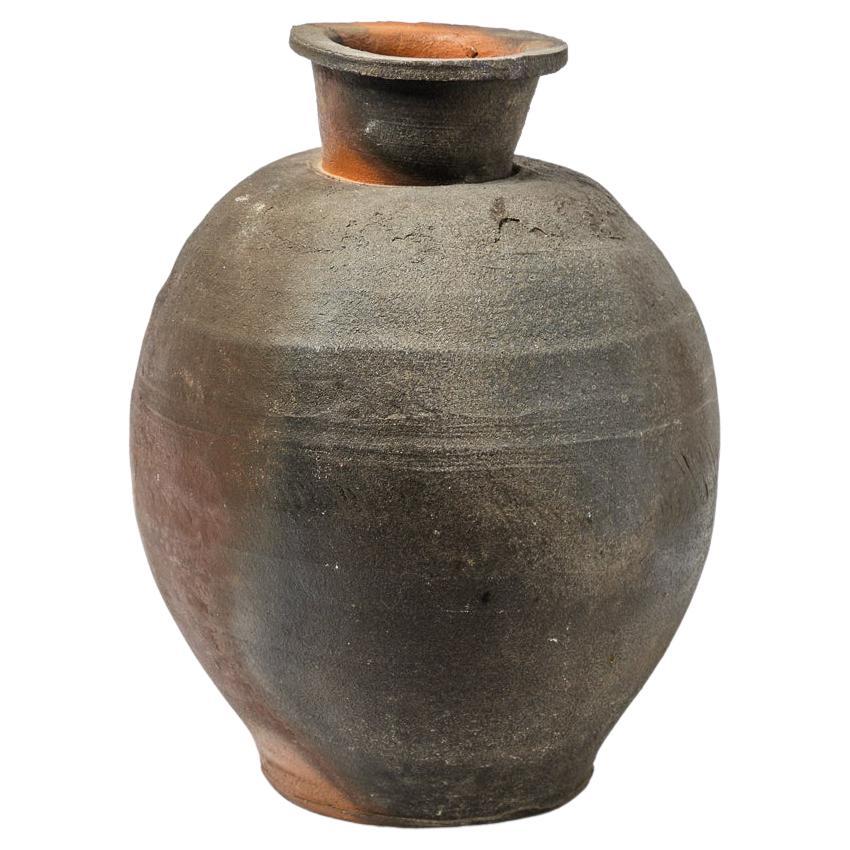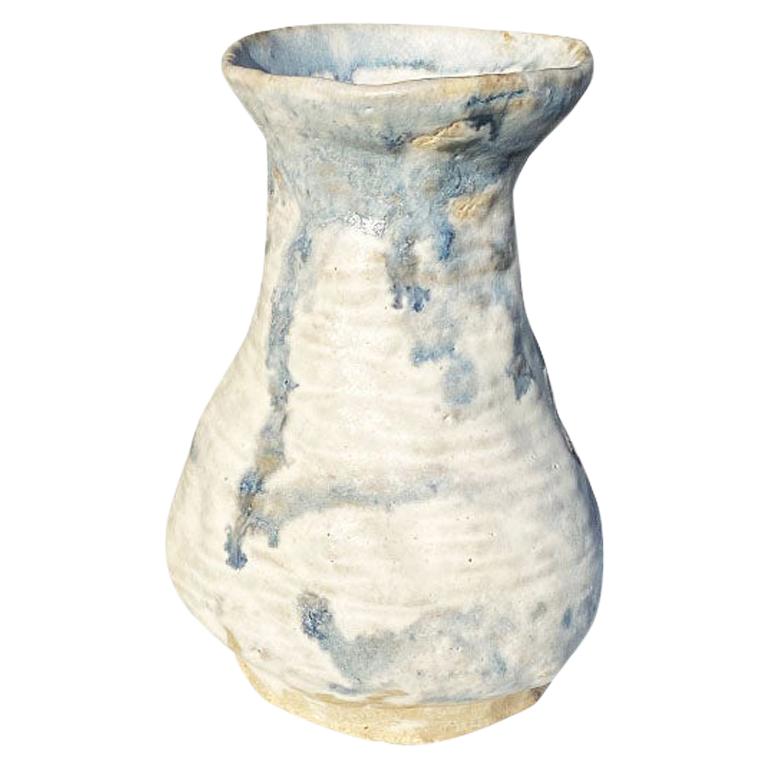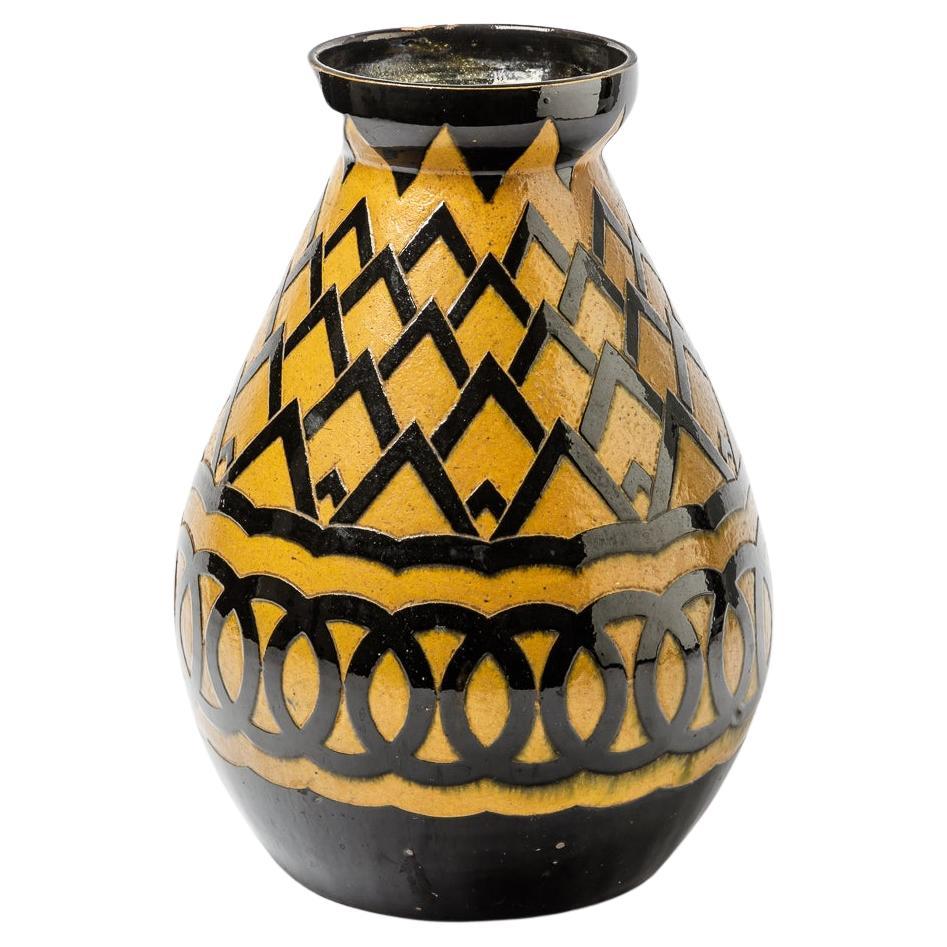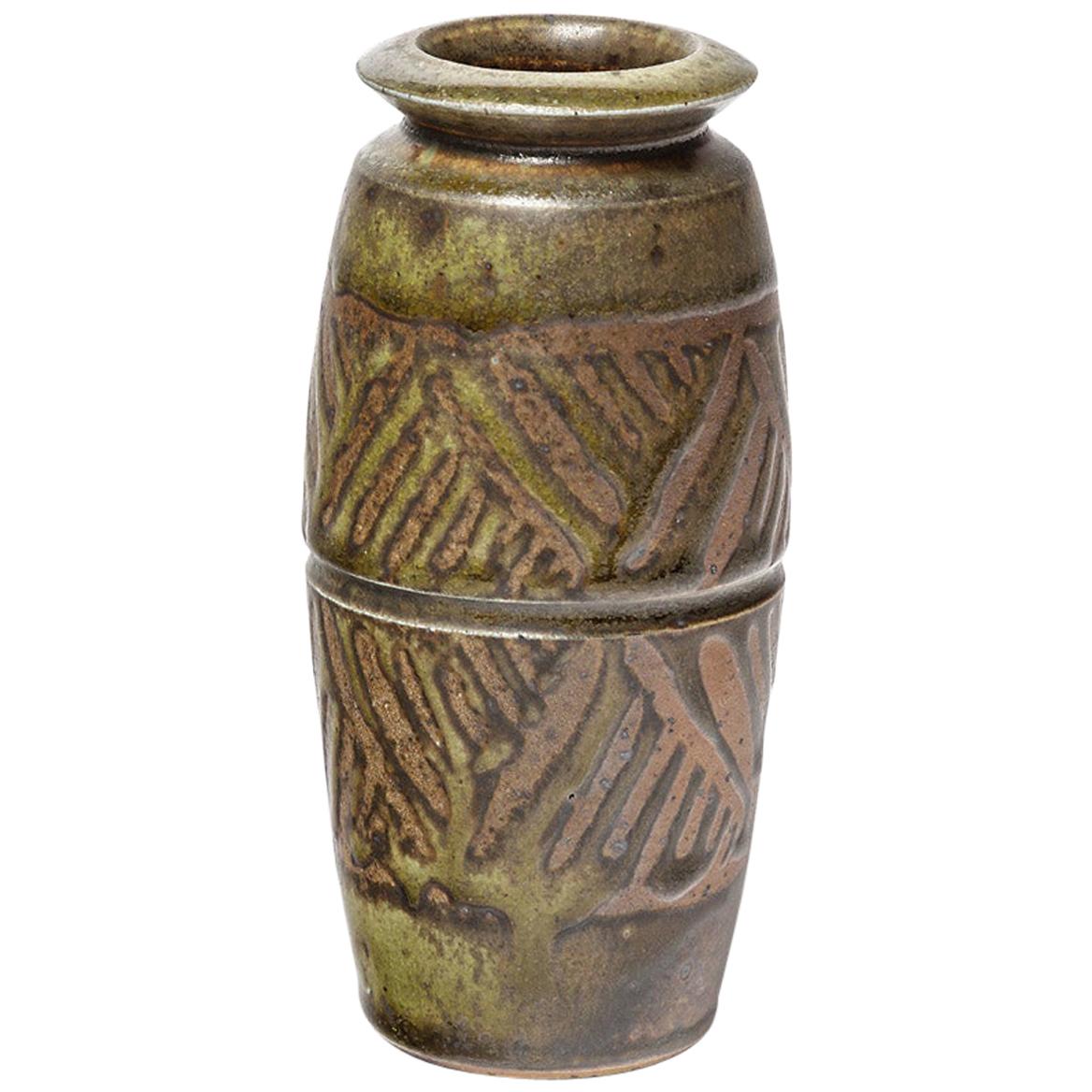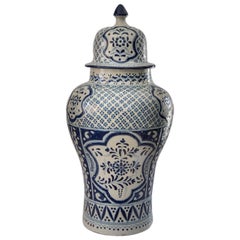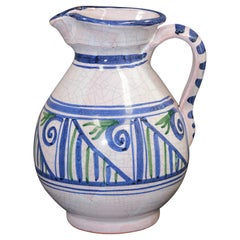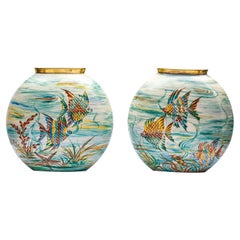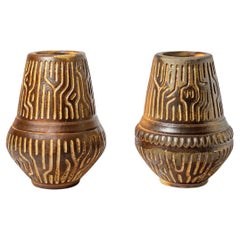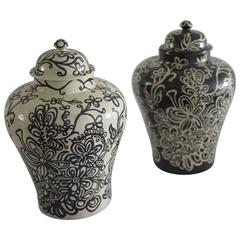
Pair of Black and White Talavera Vases by Carlos Arias
View Similar Items
1 of 3
Pair of Black and White Talavera Vases by Carlos Arias
$4,284List Price
About the Item
- Creator:Carlos Arias (Artist)
- Dimensions:Height: 21.66 in (55 cm)Diameter: 17.72 in (45 cm)
- Style:Organic Modern (In the Style Of)
- Materials and Techniques:
- Place of Origin:
- Period:
- Date of Manufacture:2015
- Production Type:New & Custom(Limited Edition)
- Estimated Production Time:1-2 weeks
- Condition:This piece is new and handmade so no piece is identical to another.
- Seller Location:SAN ANDRES CHOLULA, MX
- Reference Number:1stDibs: LU206235183723
Authenticity Guarantee
In the unlikely event there’s an issue with an item’s authenticity, contact us within 1 year for a full refund. DetailsMoney-Back Guarantee
If your item is not as described, is damaged in transit, or does not arrive, contact us within 7 days for a full refund. Details24-Hour Cancellation
You have a 24-hour grace period in which to reconsider your purchase, with no questions asked.Vetted Professional Sellers
Our world-class sellers must adhere to strict standards for service and quality, maintaining the integrity of our listings.Price-Match Guarantee
If you find that a seller listed the same item for a lower price elsewhere, we’ll match it.Trusted Global Delivery
Our best-in-class carrier network provides specialized shipping options worldwide, including custom delivery.You May Also Like
Authentic Talavera Decorative Vase Folk Art Vessel Mexican Ceramic Blue White
Located in Queretaro, Queretaro
Elegant white and blue vessel made with the Talavera technique. Artist, Cesar Torres portraits the colonial art of Mexico.
The Talavera is not just a simple painted ceramic: its exquisite decoration is the product of a delicate process of alchemy that translates into fine enamels. In Puebla, Mexico few people still produce using Talavera with the ancestral techniques.
One of those few is Cesar Torres, Don Cesar learned his art in the workshop of the Uriarte family, an excellent workshop where his grandfather worked. In his creations he uses the black and white mud that is obtained from the nearby hills of Loreto and Guadalupe, and colors of mineral origin that he creates in his workshop with recipes from his grandfather.
All the pieces are modeled in a traditional way and go through a production process that usually takes from one to two months, between drying, burning, and painting.
Being surrounded by a living tradition, Cesar Torres Jr., learned from his father since childhood. Architect by profession, Cesar Jr. has come to revolutionize and modernize with new designs and ideas of the current world, nevertheless always respecting the tradition of the processes and materials that make Talavera a Creole art...
Category
21st Century and Contemporary Mexican Spanish Colonial Ceramics
Materials
Clay, Ceramic, Majolica
Talavera Pitcher Ceramic Glazed Vase Handcrafted in Spain
Located in Moreno Valley, CA
Glazed polychrome ceramic Talavera pitcher or flower vase with blue, green and white design.
Hand painted Talavera ceramic pitcher, handcrafted by skilled artisans in Spain in the P...
Category
20th Century Spanish Moorish Vases
Materials
Ceramic
Pair of Ceramic Vases by Guido Andlovitz for S.C.I. Levano
By Guido Andlovitz
Located in Roma, RM
Originally designed by architect, designer and artistic director Guido Andlovitz in 1936 for Società Ceramica Italiana Laveno, this pair of vases are indeed the rarest of finds. The vases were manufactured in 1942, as attested to by the marking "N - 42" on the base of each vase. The gold rims and aquatic scenes that surround each vase, are unique to each piece and were painted by hand in 1943. They are both signed by the artist "Miruccia". One of the vases has the words “Anni di Guerra” (Year of War) written on the base in reference to the Second World War .
Founded in Laveno in 1856 by Severino Revelli and some former employees of the "Richard" manufacturer in Milan. The "SCI" (Italian Ceramic Society) began its activity as a manufacturer of wall tiles and fine tableware. In 1883 it became a limited company and obtained its first successes at numerous national exhibitions. In 1895, Cavalier Luciano Scotti took over the company and, thanks to his intuition and his entrepreneurial skills, the factory grew substantially in a few years. In those years, some Liberty-style pieces designed by Giorgio Spertini, the author of noteworthy elegant "whiplash" creations, were created in the Laveno factory. In 1906 "SCI" presented numerous works at the International Exhibition of Decorative Arts in Milan. Other collaborators from the beginning of the century were Silvio and Piero De Ambrosis, Felice Palucco, Giancarlo Jacopini and the brothers Marco and Luigi Raggiori. However, it was in 1923 that, under the direction of Guido Andlovitz, the company reached the peak of its fame and in 1925 was a resounding success at the 2nd Monza Biennale. Andlovitz, who collaborated with the manufacturer for almost forty years, applied to the production process the principle of seriality, a concept also put into effect by Giò Ponti at "Richard-Ginori", adopting various types of decoration which, although moulded and decal stamped, still retained an undeniable elegance. In 1924 the "Società Ceramica Revelli" became a consortium with the "SCI", the partnership would continue until 1932 and saw Franco Revelli's company marketing pottery and table porcelain on behalf of "SCI". From 1925 porcelain and crockery began to appear in the factory's catalogs. In 1927 the company was present at the 3rd Biennial of Decorative Arts in Monza. Between the end of the 1920's and the beginning of the 1930's, the decorators Giuseppe Bellorini and Daniela Ferretto began to collaborate with the "SCI". As of 1932 the company managed two factories: that of Laveno, which, with over 1300 employees, produced strong pottery, tableware and artistic ceramics and the smaller factory of Verbano, which employed about 400 people and produced, in addition to ceramics for the electrotechnical industry, excellent table porcelain. The products were marketed in the company owned stores in Rome, Genoa and Naples. This was an initiative realised by Andlovitz himself. In the mid-thirties, the decorators Ada Corsi and Ida Fonini among others, collaborated with the "SCI". From 1936 to 1940 the artistic direction of the company was entrusted to the sculptor and modeler Angelo Biancini. In 1939 about 1300 people worked in the Laveno plant and in 1951 about 2300. In the years between the two wars among the collaborators of the factory were Sirio Tofanari...
Category
Vintage 1940s Italian Mid-Century Modern Vases
Materials
Ceramic
Pair of Ceramic Vases by Guieba, with Geometrical Decoration, 2022
By Charles-Henri Guiéba
Located in Saint-Ouen, FR
A pair of ceramic vases by Charles-Henri Guieba with geometrical decoration.
Wood firing.
Perfect original conditions.
Each piece is signed under the base.
Unique piece.
2022.
Category
21st Century and Contemporary French Beaux Arts Vases
Materials
Ceramic
Brown and white glazed stoneware vase by Jean Besnard, circa 1930.
By Jean Besnard
Located in Saint-Ouen, FR
Brown and white glazed stoneware vase by Jean Besnard.
Artist signature under the base.
Circa 1930.
H : 8.7’ x 6.3’ inches.
Category
20th Century French Art Deco Vases
Materials
Ceramic
Pair of Ceramic Vases, by Jean Talbot, to La Borne, circa 1940
By jean talbot
Located in Saint-Ouen, FR
A pair of ceramic vase by Jean Talbot.
Perfect original conditions.
Signed under the base.
circa 1940.
Unique piece.
Category
20th Century French Beaux Arts Vases
Materials
Ceramic
Recently Viewed
View AllMore Ways To Browse
Mexican Talavera
Talavera Jar
Antique Pharmacy Apothecary Jars
Blue And White Double Happiness
Candy Display
Delft Tobacco Jar
Glass Dresser Jar
Antique Chinese Blue And White Ginger Jars
Antique Chinese Blue White Ginger Jar
Honey Jar
Mid Century Candy Jar
Qing Dynasty Jars
Salt Jar
Blue And White Tea Jar
Footed Jars
Ancient Jar
Antique Delft Tobacco Jar
Antique Wine Jars
